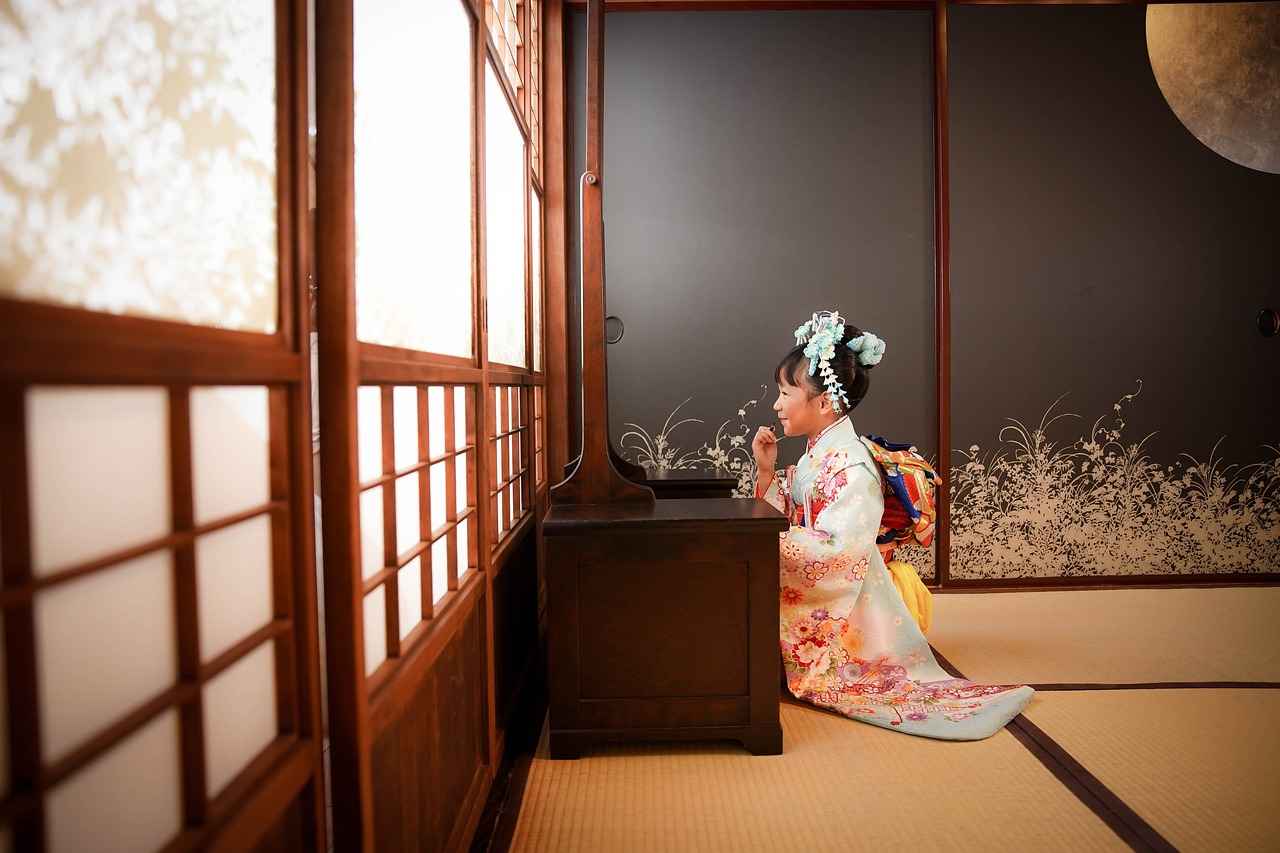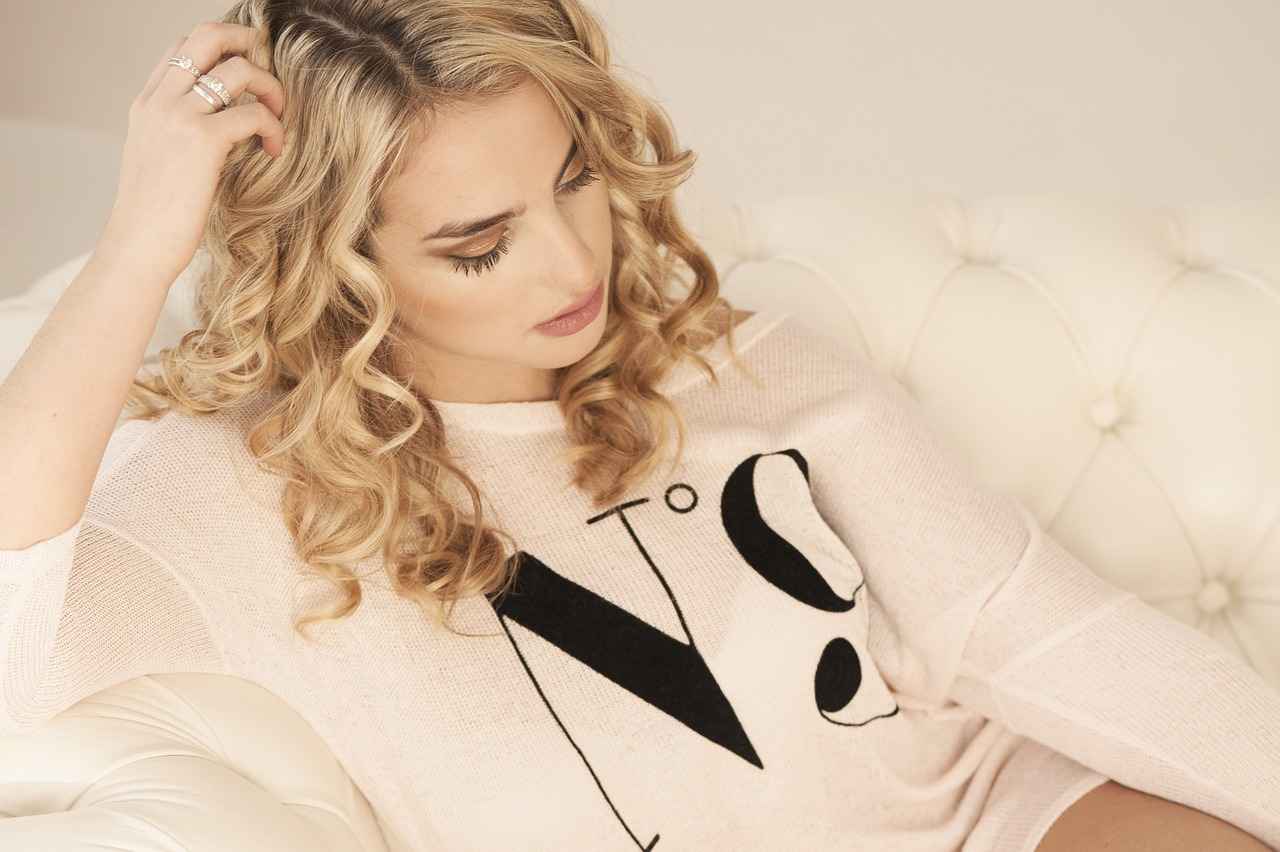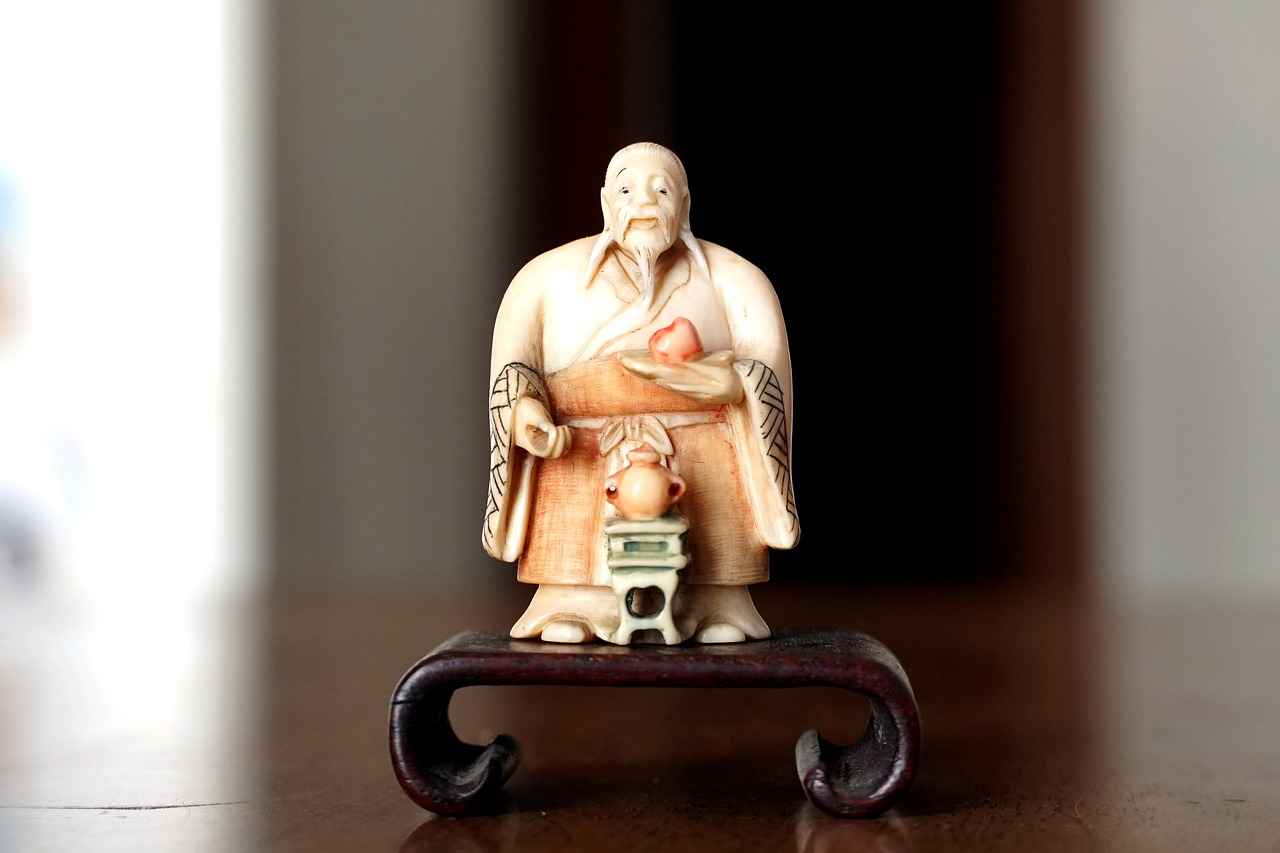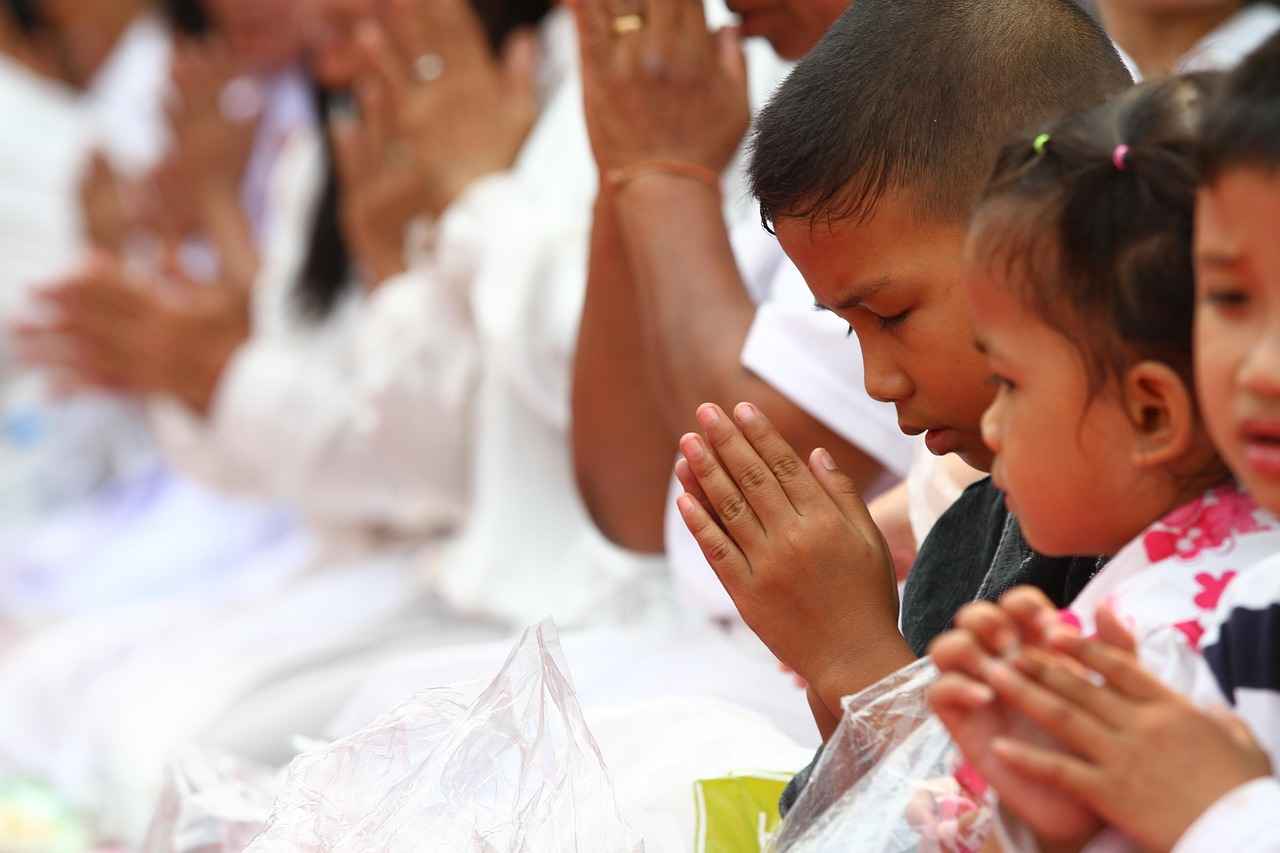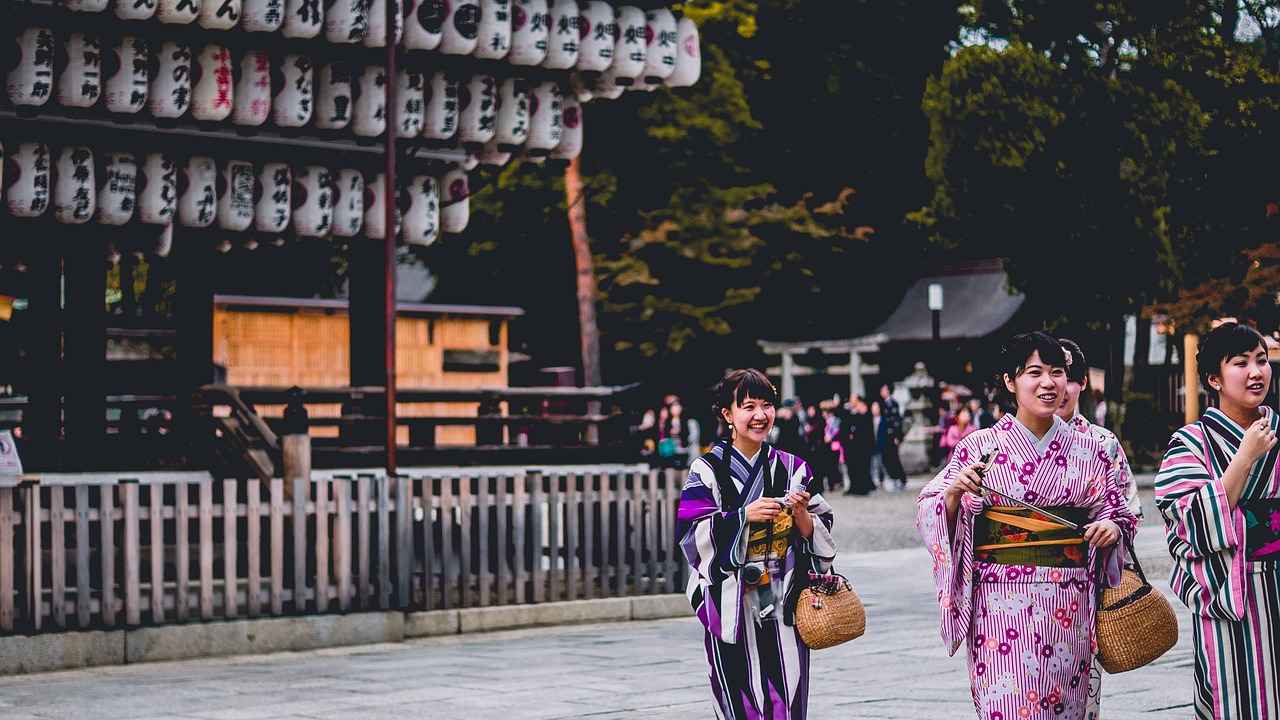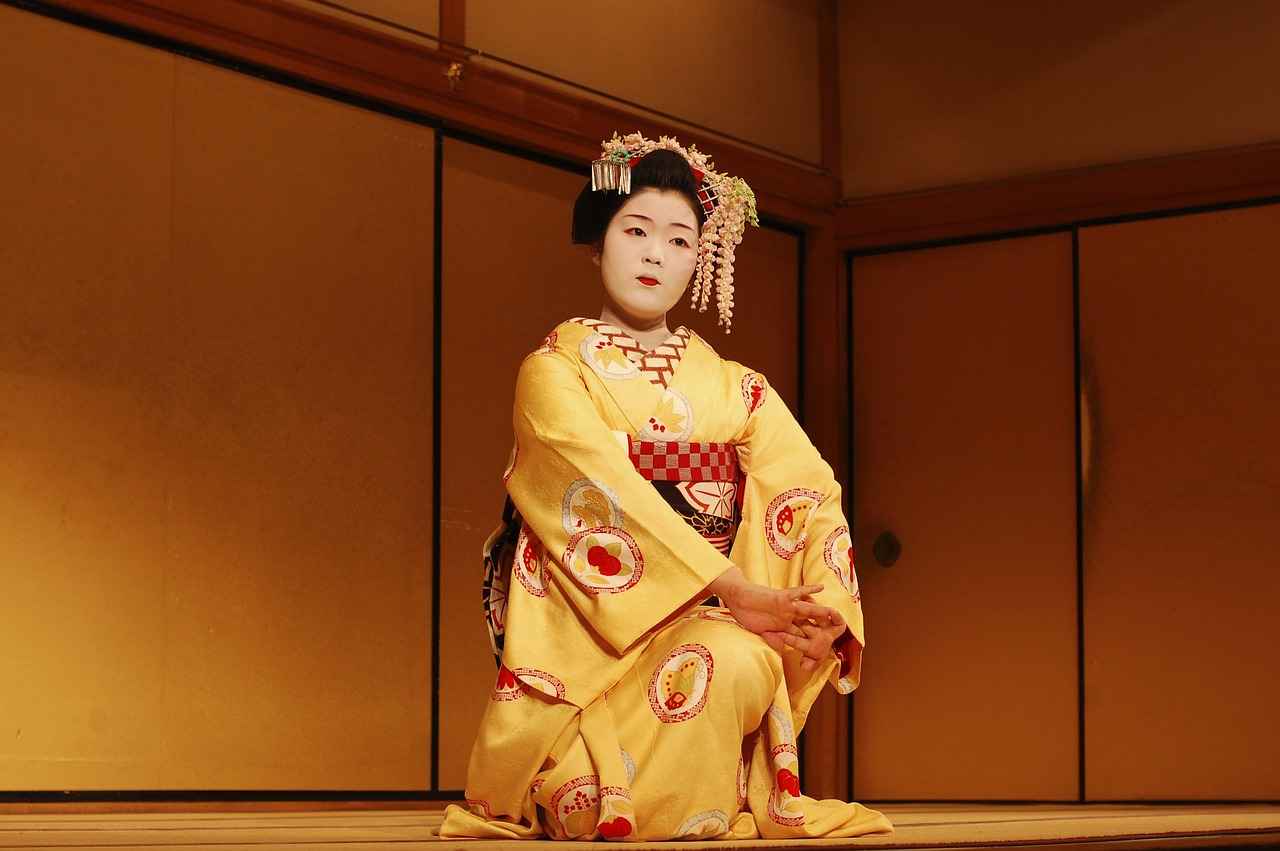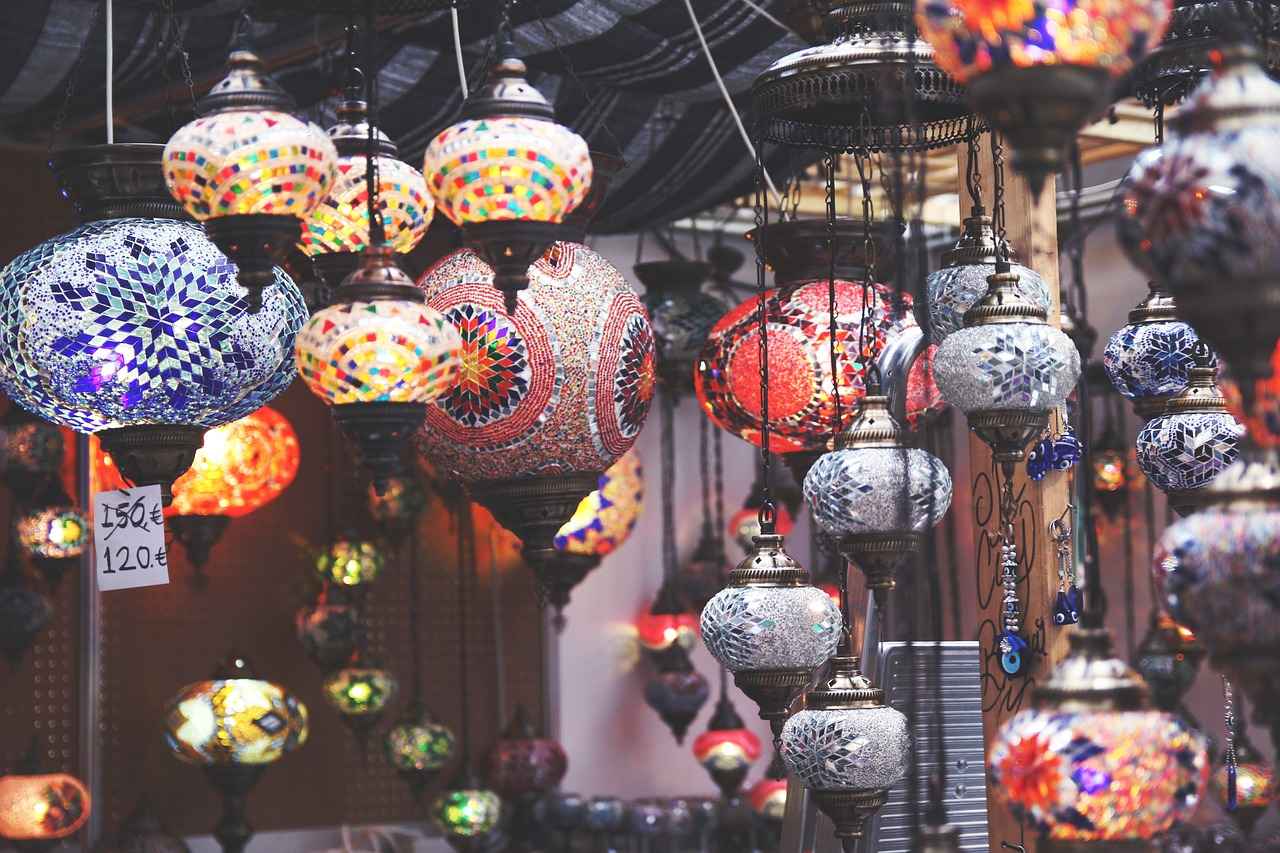This article delves into the distinctions between yukata and kimono, two iconic traditional garments of Japan. By examining their histories, uses, and cultural significance, we aim to provide a comprehensive understanding of these beautiful attires.
What is a Yukata?
A yukata is a casual, lightweight garment typically made from cotton or synthetic fabrics. It is often worn during summer festivals, fireworks displays, and casual outings. The breathable material makes it perfect for warm weather, allowing for comfort and ease of movement.
What is a Kimono?
The kimono, in contrast, is a formal traditional garment characterized by its intricate designs and luxurious fabrics, such as silk. Kimonos are suitable for various formal occasions, including weddings, tea ceremonies, and cultural festivals, showcasing the rich textile heritage of Japan.
History of Yukata
The yukata’s origins can be traced back to the Edo period, where it was initially worn as a bathrobe by the working class. Over time, it evolved into a fashionable summer garment, reflecting changes in Japanese culture and fashion trends.
Yukata Fabrics and Patterns
Typically made from cotton, yukatas are adorned with vibrant colors and patterns inspired by nature. Seasonal motifs, such as cherry blossoms or waves, enhance their appeal during summer festivities.
When to Wear a Yukata
- Summer festivals
- Fireworks displays
- Casual gatherings
- At onsen (hot springs) and traditional inns
History of Kimono
The kimono boasts a history spanning over a thousand years, evolving through various dynasties. It symbolizes Japanese culture, with each style reflecting social status and regional identity.
Kimono Fabrics and Styles
Kimonos are crafted from luxurious materials such as silk and feature intricate designs and colors. Different styles, including furisode (for young women) and tomesode (for married women), cater to specific occasions and age groups.
When to Wear a Kimono
Kimonos are typically worn during formal events, including weddings, tea ceremonies, and cultural festivals. The choice of kimono and accessories varies depending on the occasion, emphasizing their cultural significance.
Differences in Accessories
The accessories for yukata and kimono differ significantly. Yukatas typically use simpler obis and accessories, while kimonos are paired with elaborate obis, obiage, and other traditional adornments.
Choosing Between Yukata and Kimono
Choosing between a yukata and a kimono depends on the occasion, personal style, and comfort level. Understanding their differences helps individuals make informed decisions when dressing for events.
Rental Services for Yukata and Kimono
In Japan, many places offer rental services for both yukata and kimono, making it accessible for tourists and locals to experience traditional attire without the commitment of purchase.
Conclusion: Embracing Tradition
Both yukata and kimono hold significant cultural value in Japan, each serving distinct purposes. Understanding their differences enriches the appreciation of Japanese traditions and encourages cultural exploration.

What is a Yukata?
A yukata is a traditional Japanese garment that serves as a casual summer outfit. Typically constructed from lightweight materials such as cotton or synthetic fabrics, the yukata is designed to provide comfort during the warm months. Its breezy nature makes it a popular choice for outdoor events, particularly during the summer festival season.
The yukata is often adorned with vibrant colors and eye-catching patterns, many of which draw inspiration from nature, such as flowers, waves, and seasonal motifs. This aesthetic appeal not only enhances the garment’s beauty but also reflects the rich cultural heritage of Japan.
Originally, yukatas were worn as bathrobes in the Edo period, primarily by the working class. Over time, they evolved into a fashionable garment suitable for various casual occasions. Today, they are commonly seen at summer festivals, fireworks displays, and other informal gatherings. Additionally, yukatas are frequently worn at onsen (hot springs) and ryokan (traditional inns), where comfort and ease of movement are paramount.
Unlike the more formal kimono, which is often associated with significant cultural events and ceremonies, the yukata is accessible and easy to wear. It typically features a simple obi (sash) and minimal accessories, making it a practical choice for those looking to enjoy Japanese traditions without the complexity of formal attire.
In summary, the yukata is a versatile and culturally rich garment that embodies the spirit of summer in Japan. Its lightweight fabric, beautiful designs, and casual nature make it a beloved choice for both locals and tourists alike, providing a unique way to experience Japanese culture.
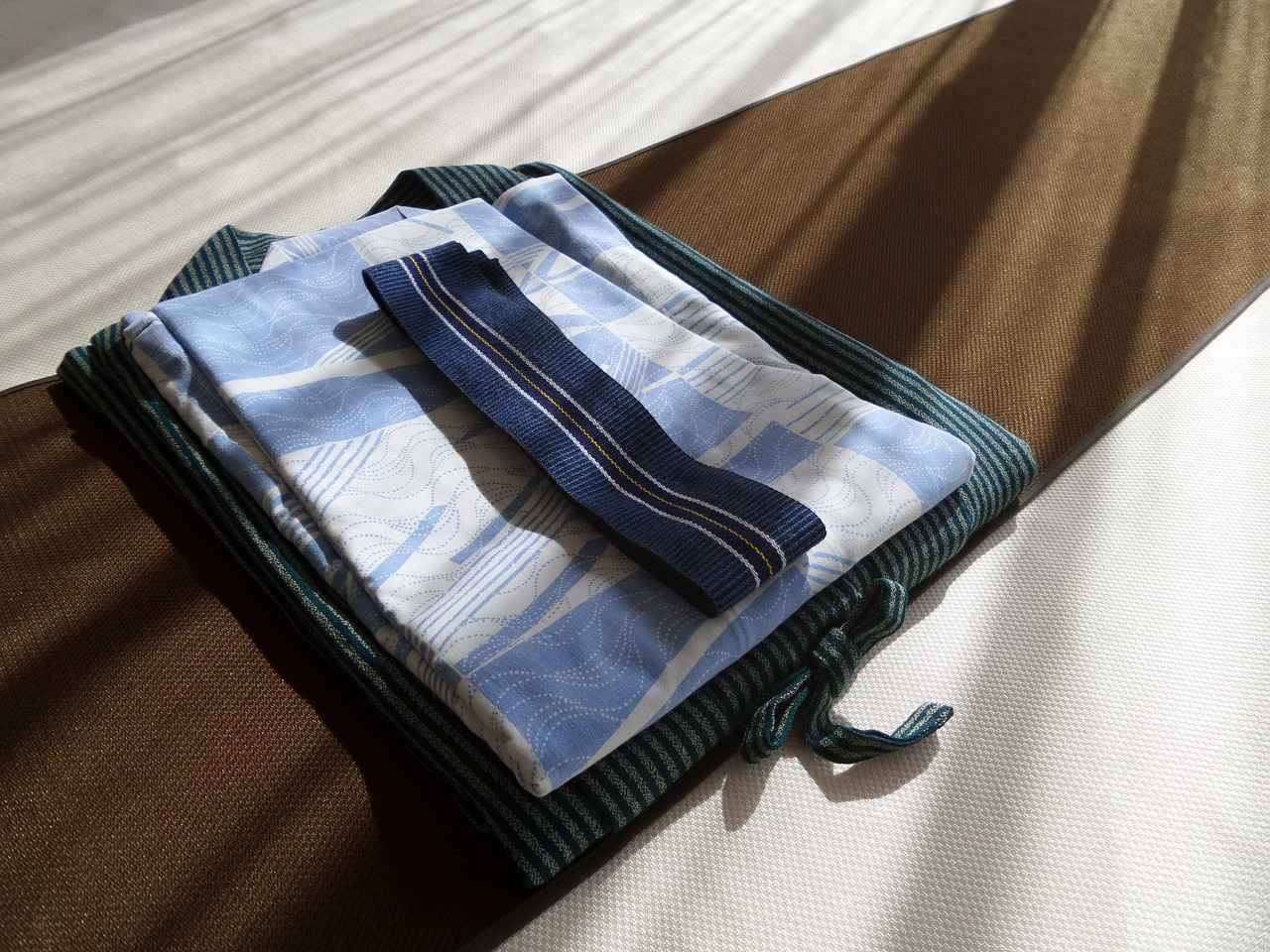
What is a Kimono?
The kimono is a quintessential symbol of Japanese culture, representing a rich tapestry of tradition and artistry. This formal traditional garment is characterized by its intricate designs and elaborate fabric, making it suitable for a variety of occasions, including weddings, tea ceremonies, and cultural festivals. The kimono is not just clothing; it is a reflection of Japan’s textile heritage and a testament to the craftsmanship that has been passed down through generations.
Originally, the kimono was worn by both men and women, but over time, its styles have evolved, and it has become more associated with women’s fashion. The fabric used in kimonos varies widely, with silk being the most luxurious option, often adorned with beautiful patterns that can symbolize various aspects of nature, seasons, or cultural motifs. The choice of color and design often holds significant meaning, reflecting the wearer’s personality, age, and the occasion.
One of the most fascinating aspects of the kimono is its layering system. Traditional kimonos are typically worn with a series of undergarments and accessories, including the obi (a wide belt), obiage, and obijime, which serve both functional and decorative purposes. The combination of these elements creates a visually stunning presentation that highlights the wearer’s elegance and poise.
Throughout Japan, there are regional variations of kimonos, each with unique styles and fabrics, which also contribute to the garment’s cultural significance. For instance, the Furisode, characterized by long sleeves, is traditionally worn by young unmarried women, while the Tomesode, with shorter sleeves, is often worn by married women during formal events.
In modern times, while the kimono is less commonly worn in daily life, it remains a vital part of Japanese cultural identity. Special occasions, such as Shichi-Go-San (a rite of passage for children), weddings, and festivals, provide opportunities for individuals to don this beautiful garment, celebrating their heritage and the artistry of kimono-making.
In conclusion, the kimono stands as a powerful symbol of Japan’s cultural richness, embodying history, artistry, and tradition. Whether worn for a formal event or admired in a museum, the kimono continues to captivate and inspire, making it an enduring emblem of Japanese identity.
History of Yukata
The yukata is a traditional Japanese garment that has a rich history, tracing its origins back to the Edo period (1603-1868). Initially, it served as a simple bathrobe, primarily worn by the working class after a hot bath. The term “yukata” translates to “bathing cloth,” which reflects its original purpose. As time progressed, this garment evolved, adapting to the changing tastes and cultural norms of Japanese society.
During the Edo period, the yukata was made from lightweight cotton, making it a practical choice for the hot summer months. The garment was often worn in casual settings and became increasingly popular among the general populace, especially during summer festivals and celebrations. The vibrant colors and patterns that characterize modern yukatas were influenced by the artistic movements of the time, showcasing designs inspired by nature, such as flowers and waves.
As Japan transitioned into the Meiji era (1868-1912), the yukata began to gain recognition beyond its humble beginnings. It became associated with leisure and enjoyment, particularly during the summer months. The garment was often worn at fireworks festivals and onsen (hot springs), where its comfortable fit allowed for ease of movement and relaxation.
In contemporary Japan, the yukata remains a symbol of cultural heritage. It is commonly worn during summer festivals, hanabi (fireworks), and various casual gatherings. Many people, both locals and tourists, don yukatas to experience traditional Japanese culture, making it a beloved garment that bridges the past with the present.
Overall, the yukata’s journey from a simple bathrobe to a cherished cultural symbol reflects the dynamic nature of Japanese fashion and society. Understanding its history not only enhances appreciation for this beautiful garment but also connects wearers to the rich tapestry of Japan’s cultural identity.
Yukata Fabrics and Patterns
A yukata is not just a casual summer garment; it is a vibrant expression of Japanese culture, deeply rooted in tradition. Typically crafted from cotton or synthetic materials, yukatas are designed to be lightweight and breathable, making them perfect for the warm summer months. Their colors and patterns often draw inspiration from nature, showcasing elements like flowers, waves, and seasonal motifs that resonate with the beauty of the changing seasons.
During summer festivals, the appeal of yukatas is heightened by their striking designs. The vibrant colors—ranging from deep blues to bright pinks—are often combined with intricate patterns that reflect the natural world. For instance, cherry blossoms symbolize the fleeting beauty of life, while waves can represent strength and resilience. These motifs not only enhance the aesthetic appeal of the yukata but also carry cultural significance, making each piece a story in itself.
Moreover, the fabric choice plays a crucial role in the yukata’s comfort and overall look. Cotton is the most common fabric used, as it allows for breathability and ease of movement. In contrast, synthetic fabrics may be employed for their durability and ease of care. Regardless of the material, the emphasis on quality ensures that yukatas remain a staple of summer attire in Japan.
In conclusion, yukatas are more than mere clothing; they are a celebration of summer, culture, and artistry. Their vibrant colors and patterns not only enhance personal style but also connect wearers to Japan’s rich cultural heritage. Whether worn at festivals or casual gatherings, yukatas continue to be a beloved symbol of Japanese tradition.
When to Wear a Yukata
The yukata is a versatile and comfortable garment that is primarily associated with the summer season in Japan. It is often chosen for various casual occasions, making it a beloved attire among locals and visitors alike. Here are some key moments when wearing a yukata is particularly appropriate:
- Summer Festivals: Yukatas are commonly worn during traditional summer festivals, known as hanabi taikai (fireworks festivals) and matsuri. The vibrant colors and patterns of yukatas add to the festive atmosphere, allowing wearers to celebrate in style.
- Fireworks Displays: Attending a fireworks display in a yukata is a cherished tradition. The lightweight fabric allows for comfort during warm summer evenings, enhancing the enjoyment of this spectacular event.
- Casual Gatherings: Whether it’s a picnic in the park or a casual family gathering, yukatas provide a relaxed yet stylish option. Their easy-to-wear design promotes freedom of movement, making them ideal for socializing.
- Onsen Visits: When visiting an onsen (hot spring), wearing a yukata is customary. Many establishments provide yukatas for guests, allowing for a comfortable experience while enjoying the relaxing atmosphere of the hot springs.
- Traditional Inns: Staying at a ryokan (traditional inn) typically includes wearing a yukata. Guests can unwind in these cozy garments while enjoying authentic Japanese hospitality and cuisine.
In conclusion, the yukata serves as a symbol of summer in Japan, embodying both tradition and comfort. Its lightweight fabric and vibrant designs make it the perfect choice for a variety of casual occasions, allowing wearers to embrace cultural heritage while enjoying modern festivities.
History of Kimono
The history of the kimono is a fascinating journey that spans over a millennium, showcasing the evolution of Japanese culture and artistry. Originally, the kimono was a simple garment, but over time, it transformed into a complex symbol of social status, regional identity, and artistic expression.
During the Heian period (794-1185), the kimono began to take on its recognizable form. It was during this time that the layering technique known as jūnihitoe became popular among the aristocracy, where multiple layers of fabric were worn to signify status and elegance. The colors and patterns of the kimono were often dictated by seasonal changes, with specific motifs representing different times of the year.
As Japan moved through the Muromachi (1336-1573) and Tokugawa (1603-1868) periods, the kimono continued to evolve, reflecting the tastes and preferences of the time. The introduction of new dyeing techniques and weaving methods led to more intricate designs, making the kimono a canvas for artistic expression. Notably, the Ukiyo-e woodblock prints popularized during the Edo period showcased kimonos adorned with elaborate patterns, further embedding them into Japanese culture.
In modern Japan, the kimono remains an important cultural artifact. It is worn during significant ceremonies such as weddings, tea ceremonies, and festivals, each requiring specific styles and accessories that reflect the wearer’s age and status. The traditional kimono is often made from luxurious fabrics like silk, featuring designs that tell stories of nature, mythology, and history.
Today, while Western clothing dominates everyday wear, the kimono continues to be a powerful symbol of Japanese heritage. It represents a connection to the past and the ongoing appreciation for craftsmanship and tradition in a rapidly modernizing world.
In conclusion, the kimono is not just a garment; it is a representation of Japan’s rich cultural history, evolving through centuries while adapting to the changing social landscape. Understanding its history enhances our appreciation for this beautiful attire and the cultural narratives it embodies.

Kimono Fabrics and Styles
The kimono is not just a garment; it is a representation of Japanese culture and artistry. Crafted from a variety of luxurious materials, the most common and revered fabric is silk. This material is celebrated for its softness, sheen, and ability to hold intricate designs that tell stories of tradition and heritage.
In addition to silk, modern kimonos may also be made from cotton, rayon, and synthetic blends, which offer different textures and affordability without compromising style. Each fabric brings its own unique qualities, making the kimono versatile for various occasions.
| Fabric Type | Characteristics | Occasions |
|---|---|---|
| Silk | Luxurious, shiny, and delicate | Formal events, weddings, tea ceremonies |
| Cotton | Lightweight, breathable, and comfortable | Casual wear, summer festivals |
| Rayon | Soft, drapes well, and affordable | Everyday wear, informal gatherings |
When it comes to styles, kimonos are categorized based on their design and intended use. For example:
- Furisode: Characterized by long sleeves, this style is often worn by young women during special occasions like weddings and coming-of-age ceremonies.
- Tomesode: Typically worn by married women, tomesode features shorter sleeves and is often adorned with more subdued patterns, suitable for formal events.
- Hōmongi: This style can be worn by both single and married women and is known for its elegant designs that wrap around the garment.
Each kimono style is complemented by a variety of accessories, including obi (sashes), obiage (obi scarves), and haneri (collars), which further enhance the overall aesthetic. The choice of color and pattern often reflects the season, occasion, and even the wearer’s personality.
In conclusion, the world of kimonos is rich and diverse, with each fabric and style offering a glimpse into Japan’s cultural tapestry. Understanding these elements not only deepens appreciation for this traditional attire but also encourages exploration of its significance in contemporary society.
When to Wear a Kimono
The kimono, a symbol of Japanese culture, is traditionally worn during various formal events that highlight its cultural significance. Understanding when to don this exquisite garment can enhance your appreciation of Japanese traditions.
Weddings
One of the most prominent occasions for wearing a kimono is during weddings. In these ceremonies, brides often wear a shiromuku, a pure white kimono that symbolizes purity and new beginnings. Grooms typically wear a montsuki, a formal black kimono adorned with family crests. The choice of colors and styles can vary based on the family’s traditions and preferences.
Tea Ceremonies
Another significant event where kimonos are worn is during tea ceremonies. Participants dress in elegant kimonos to reflect the ceremony’s refined atmosphere. Women often choose furisode, a long-sleeved kimono that signifies youth and unmarried status, while men may opt for a hifu or a simple kimono paired with a hakama.
Festivals
Japanese festivals, or matsuri, are vibrant celebrations where kimonos are often worn to honor tradition. Depending on the festival, participants may choose colorful kimonos that reflect the season or theme of the event. For instance, during Hanami (cherry blossom viewing), light-colored kimonos are popular, symbolizing the beauty of spring.
Funerals
In contrast to joyful celebrations, kimonos are also worn during funerals. The attire is typically a simple black kimono, reflecting the somber nature of the occasion. This choice underscores the respect and solemnity afforded to the deceased.
Conclusion
Wearing a kimono is not merely about fashion; it is about honoring cultural heritage. Each occasion dictates the style, color, and accessories, making the kimono a versatile and meaningful garment in Japanese society.
Differences in Accessories
The world of traditional Japanese garments, particularly yukata and kimono, showcases a rich tapestry of cultural significance and aesthetic beauty. One of the most notable distinctions lies in the accessories used with each garment, which reflect their intended use and formality.
Yukata Accessories
- Obi: The obi for a yukata is generally simpler and narrower compared to that of a kimono. It is often made from cotton or synthetic materials, complementing the lightweight fabric of the yukata.
- Obijime: This is a decorative cord that is sometimes used with yukata, but it is less elaborate than those seen with kimonos.
- Obiage: While yukatas may include an obiage, it is typically a basic piece, serving more of a functional role rather than an ornate one.
- Footwear: Yukata are often paired with simple geta or zori sandals, enhancing comfort during casual outings.
Kimono Accessories
- Obi: Kimonos feature elaborate, wide obis that are often made from luxurious fabrics like silk. These obis can be intricately tied in various styles, showcasing the wearer’s skill and attention to detail.
- Obijime: This decorative cord is more prominent and often features intricate designs, adding to the overall elegance of the kimono.
- Obiage: Kimonos typically use a more decorative obiage, which can be made from colorful fabrics and patterns to enhance the overall look.
- Footwear: Formal footwear, such as haneri and zori, is commonly worn with kimonos, providing a polished finish to the ensemble.
In summary, the accessories for yukata and kimono significantly differ in terms of complexity and style. Yukata accessories are designed for comfort and simplicity, suitable for casual settings, while kimono accessories reflect a higher level of formality and artistry, celebrating Japan’s rich cultural heritage.
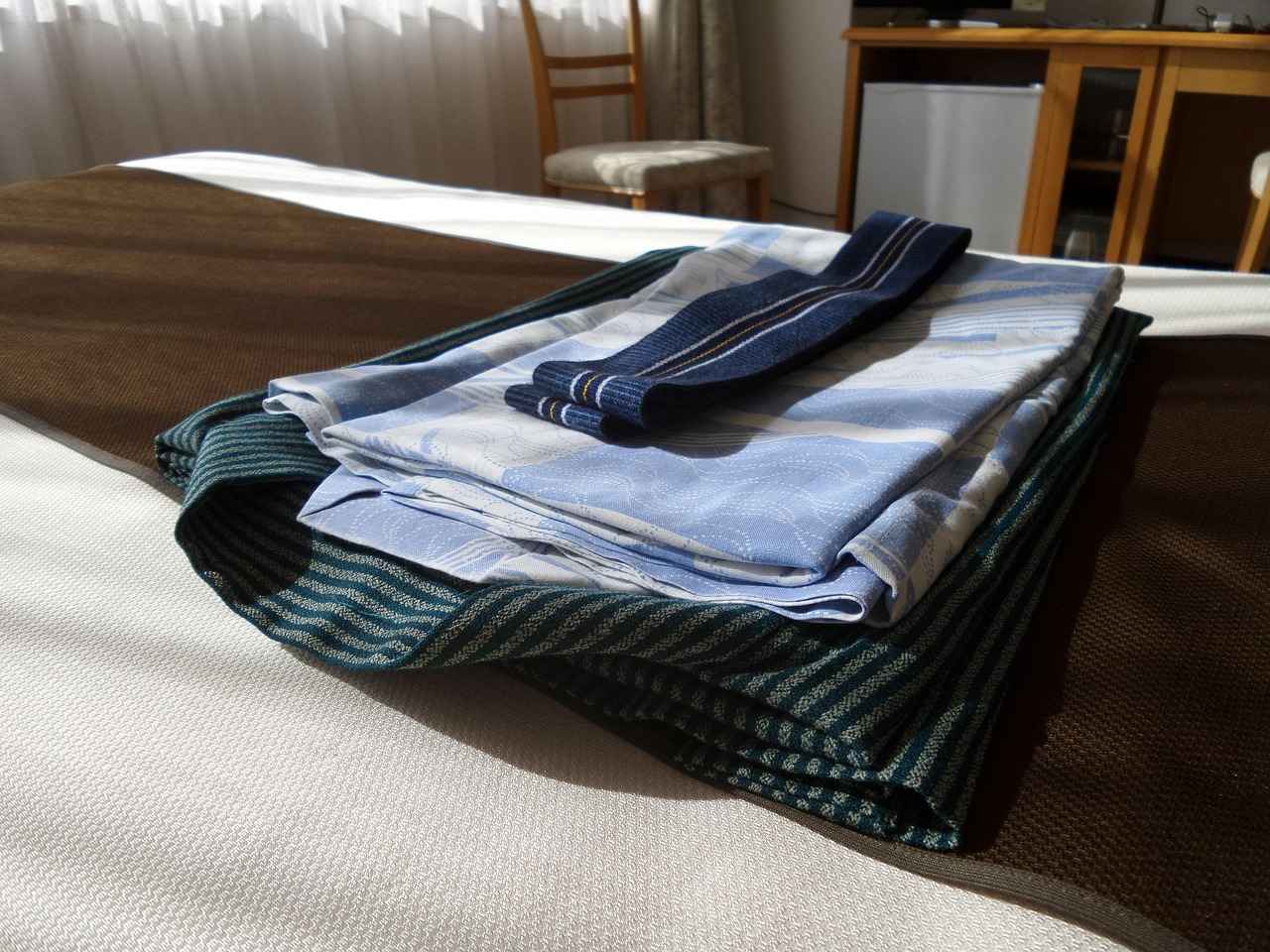
Choosing Between Yukata and Kimono
When it comes to traditional Japanese attire, the choice between a yukata and a kimono can be quite significant. Understanding the nuances of each garment is essential for anyone looking to embrace Japanese culture, whether for a special event or casual outing. This decision is influenced by several factors including the occasion, personal style, and comfort level.
Occasion Matters: The first step in making this choice is to consider the event you are attending. Yukatas are typically worn during summer festivals, fireworks displays, and other casual gatherings. They are lightweight and designed for warmth, making them perfect for outdoor events in hot weather. In contrast, kimonos are reserved for more formal occasions such as weddings, tea ceremonies, and traditional celebrations. Their elaborate designs and rich fabrics signify respect and cultural heritage, making them suitable for significant life events.
Personal Style: Your individual style also plays a crucial role in this decision. Yukatas often feature bright colors and playful patterns, allowing for personal expression and creativity. Kimonos, on the other hand, tend to be more subdued and elegant, often reflecting the wearer’s status and age through their intricate designs and colors. Choosing a garment that aligns with your personal aesthetic can enhance your confidence and enjoyment of the attire.
Comfort Level: Lastly, consider your comfort. Yukatas are generally easier to wear and allow for greater freedom of movement, making them an excellent choice for casual settings. Kimonos, while beautiful, can be more complex to wear due to their layers and accessories, which may require assistance to put on correctly. Understanding your comfort with each garment can greatly affect your experience.
In conclusion, the decision to wear a yukata or kimono is not merely a matter of preference; it is a reflection of cultural understanding and respect for the traditions they embody. By considering the occasion, personal style, and comfort, individuals can make informed choices that enhance their experience with Japanese culture.
Rental Services for Yukata and Kimono
Experiencing traditional Japanese attire, such as yukata and kimono, is a unique opportunity for both tourists and locals. To facilitate this experience, numerous rental services across Japan offer these garments, making it easy and accessible for anyone interested in immersing themselves in Japanese culture.
The availability of rental services means you can enjoy wearing a yukata or kimono without the commitment of purchasing one. This is particularly appealing for visitors who may want to wear these garments for a festival, a wedding, or even a casual outing. Many rental shops are conveniently located near popular tourist attractions, ensuring that you can easily find a place to rent these traditional outfits.
- Convenience: Rental services often provide a range of sizes and styles, making it easy to find the perfect fit.
- Affordability: Renting a yukata or kimono is typically more budget-friendly than buying one, especially for short-term use.
- Expert Assistance: Many rental shops offer dressing assistance, ensuring that you wear the garments correctly and comfortably.
- Accessories Included: Some rental services provide additional accessories, such as obi (sashes), geta (traditional wooden sandals), and obijime (decorative cords), enhancing the overall experience.
Moreover, wearing a yukata or kimono can greatly enhance your experience at cultural events, as it allows you to blend in and appreciate the atmosphere fully. Whether you are attending a summer festival, visiting a shrine, or simply exploring the streets of Kyoto, donning traditional attire adds a layer of authenticity to your experience.
In conclusion, rental services for yukata and kimono provide an excellent opportunity to engage with Japan’s rich cultural heritage. By allowing both locals and tourists to wear these beautiful garments, these services help preserve and promote traditional Japanese culture in a modern context.
Conclusion: Embracing Tradition
Yukata vs Kimono: Understanding the Difference
This article explores the distinctions between yukata and kimono, two traditional Japanese garments, providing insights into their history, usage, and cultural significance.
What is a Yukata?
A yukata is a casual summer garment made primarily from cotton or synthetic fabric. It is often adorned with vibrant patterns and colors, reflecting seasonal motifs inspired by nature. Traditionally, yukatas are worn during festivals, fireworks displays, and casual outings, making them an ideal choice for warm weather due to their lightweight design.
What is a Kimono?
The kimono is a formal traditional garment recognized for its intricate designs and luxurious fabrics, typically silk. Kimonos are suitable for a variety of occasions, including weddings and tea ceremonies, showcasing Japan’s rich textile heritage and craftsmanship.
History of Yukata
The yukata has its origins in the Edo period, originally worn by the working class as a bathrobe. Over the years, its style and usage have evolved, reflecting changes in fashion and culture throughout Japanese history.
Yukata Fabrics and Patterns
Yukatas are usually crafted from breathable cotton, featuring vibrant colors and patterns. The designs often celebrate nature, with seasonal motifs that enhance their appeal during summer festivities.
When to Wear a Yukata
Typically, yukatas are worn during summer festivals, fireworks displays, and casual gatherings. They are also popular at onsen (hot springs) and traditional inns for their comfort and ease of movement.
History of Kimono
The kimono’s history spans over a millennium, evolving through various dynasties and styles. It symbolizes Japanese culture, with each design reflecting social status and regional identity.
Kimono Fabrics and Styles
Kimonos are made from luxurious materials such as silk, featuring intricate designs and colors. Different styles, including furisode and tomesode, cater to specific occasions and age groups.
When to Wear a Kimono
Kimonos are typically worn during formal events like weddings, tea ceremonies, and festivals, with the choice of kimono and accessories varying depending on the occasion, emphasizing their cultural significance.
Differences in Accessories
The accessories for yukata and kimono differ significantly. Yukatas typically use simpler obis and accessories, while kimonos are paired with elaborate obis, obiage, and other traditional adornments.
Choosing Between Yukata and Kimono
Choosing between a yukata and a kimono depends on the occasion, personal style, and comfort level. Understanding their differences helps individuals make informed decisions when dressing for events.
Rental Services for Yukata and Kimono
Many places in Japan offer rental services for both yukata and kimono, making it accessible for tourists and locals to experience traditional attire without the commitment of purchase.
Both yukata and kimono hold significant cultural value in Japan, each serving distinct purposes. Understanding their differences not only enriches the appreciation of Japanese traditions but also encourages cultural exploration. As you delve into these beautiful garments, you gain a deeper understanding of Japan’s rich heritage and the stories woven into each piece.
Frequently Asked Questions
- What occasions are suitable for wearing a yukata?
A yukata is perfect for summer festivals, fireworks displays, and casual gatherings. You’ll often see people wearing them at onsen (hot springs) and traditional inns, where comfort is key!
- How do I choose between a yukata and a kimono?
Choosing between a yukata and a kimono depends on the occasion and your personal style. If you’re heading to a formal event, a kimono is the way to go. For a laid-back summer outing, a yukata will keep you cool and stylish!
- Can I rent a yukata or kimono?
Absolutely! Many places in Japan offer rental services for both yukata and kimono. It’s a fantastic way for tourists and locals alike to experience traditional attire without the need to buy one.
- What are the main differences in accessories for yukata and kimono?
Yukata accessories are usually simpler, featuring basic obis. In contrast, kimonos are adorned with elaborate obis, obiage, and other traditional embellishments that highlight their formal nature.
- What materials are yukatas and kimonos made from?
Yukatas are typically crafted from lightweight cotton, making them ideal for warm weather. Kimonos, on the other hand, are often made from luxurious silk, showcasing intricate designs and vibrant colors.






